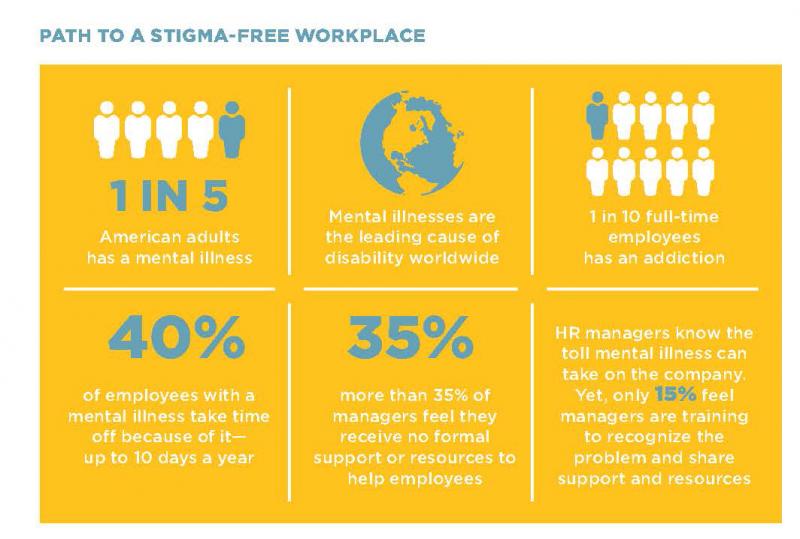Table of ContentsNot known Factual Statements About Health Care Policy - Jama Network Health Policy - Wikipedia Fundamentals ExplainedThe Health Care Policy - Boundless Political Science Statements
There is some evidence that the Great Recession had something to do with it. The economic crisis saw huge drops in spending on all products and services economywide, so it is perhaps not shocking that this included the health care sector too. Some have conjectured that the ACA had something to do with it.
The ACA also supplied funding for experiments in payment reforms for the public insurance programs indicated to better peg worth and cash spent on healthcare. A crucial thrust of those reforms was moving the general public insurance systems far from payment models defined by "fee for service" (FFS), where each medical intervention for a patient is billed and reimbursed by a supplier.
To break this reward, some suggested payment reforms compensate medical diagnoses and medical management instead of discrete treatments. One crucial example of the policy thrust toward moving away from FFS reimbursement and towards "spending for quality" was an effort to lower readmissions to healthcare facilities following treatment. which of the following are characteristics of the medical care determinants of health?. Healthcare facility readmissions are too typically a sign that care has been suboptimal in the very first contact between client and health center.
However from the strict viewpoint of medical facilities and doctors being paid on a fee-for-service design, they represent income gains. Efforts have actually been made to break this perverse reward by punishing readmissions or not reimbursing for several admissions associated with a single medical diagnosis. The ACA particularly developed a Health center Readmission Decrease Program (HRRP) in 2012.
It has actually been speculated that, in anticipation of IPAB choices and prevalent adoption of payment reforms, suppliers carried out cost-saving modifications of their own practices. Whether these speculations are real or not, it appears clear that the recent downturn in excess healthcare expense development is not totally understood, and there is no assurance that it rests on strong ground (when does senate vote on health care bill).
The IPAB was abolished as part of the Republican tax cut passed at the end of 2017, and the Trump administration Department of Health and Person Providers seems far less thinking about cost-saving reforms than its predecessor. If anticipation of the effect of IPAB and payment reform truly was driving efficiency-seeking behavior of medical suppliers over the past decade, the removal of these cost-disciplining institutions could threaten to release quicker excess cost development in coming years.
Excitement About The National Academy For State Health Policy
Instead, policymakers should understand that health care expenses are starting from a very high base, so any excess cost growth in coming decades will do significant damage to possibilities for nonhealth consumption of goods and services. This argues highly for noncomplacency and the requirement for aggressive steps to lock in the current years's excess expense downturn and to build on it.

gives some more texture to this discussion by demonstrating how much increasing company contributions to ESI premiums affected workers at various wage fifths. The first set of rows ("Hourly wage, small") shows the median per hour wage within each wage 5th for three different years: 1979, 2007, and 2016. In 2016, this varies from $9.54 for the most affordable 5th to $44.79 for the Click here highest fifth.
These rows reveal that in 2016, 53.1 percent of employees general gotten ESI protection from their own job, below 69.0 percent in 1979. The next set of rows ("Expense of company contributions") reveal a price quote of the typical cost to an employer of providing ESI protection, expressed as a share of the typical wage in each fifth.
The next set of rows ("Hourly incomes plus company contribution") show the sum of the per hour wage plus company contributions to ESI premiums for a worker at the average of each fifth, representing the truth that not all employees receive this ESI coverage. The next set of rows ("Per hour wages plus employer contributions, counterfactual") supplies this same procedure however holds the cost of offering the average ESI strategy continuous at its 1979 share of typical per hour wages in each fifth. However beyond that, do not overlook the total health of your personnel. Do you have programs or policies to promote and protect their wellness!.?.!? Just as in other markets, your wellness policies should attend to issues like weight-loss, work stress, healthy eating, and even on-the-job breastfeeding. All of these contribute to a healthy labor force, which research study continues to prove is a more reliable labor force.
Even for smaller companies that lack a devoted security group, how will they deal with suspicious individuals or circumstances? When do they sound an alert and to whom?Whether your center keeps a http://johnnymzyv143.iamarrows.com/h1-style-clear-both-id-content-section-0-excitement-about-health-care-policy-jama-network-h1 security team or not, your health-related policies ought to plainly describe that security, like compliance, is everybody's duty. You require to gear up staff members at every level with the right information and treatments so they can manage security-related situations that may emerge.
The more innovation you incorporate into your facilities, the more risks you deal with for information leakages or privacy breaches. Click for more info At the core of these leaks? Mostly, human error falls at the core of these breaches. That is why it is most importantly crucial to put in writing these security and privacy policies.
Unknown Facts About How Healthcare Policy Is Formed - Duquesne University
For instance, the effects of not complying with HIPAA might suggest losing your tax-exempt status by stopping working to adhere to new requirements from The Client Defense and Affordable Care Act. Or noncompliance could imply facing a stiff fine. According to HIPAA Resolution Agreements from the Department of Health and Human Being Provider (HHS) Office for Civil Liberty (OCR), HIPAA fines can be as much as $1.5 million per occurrence annually.